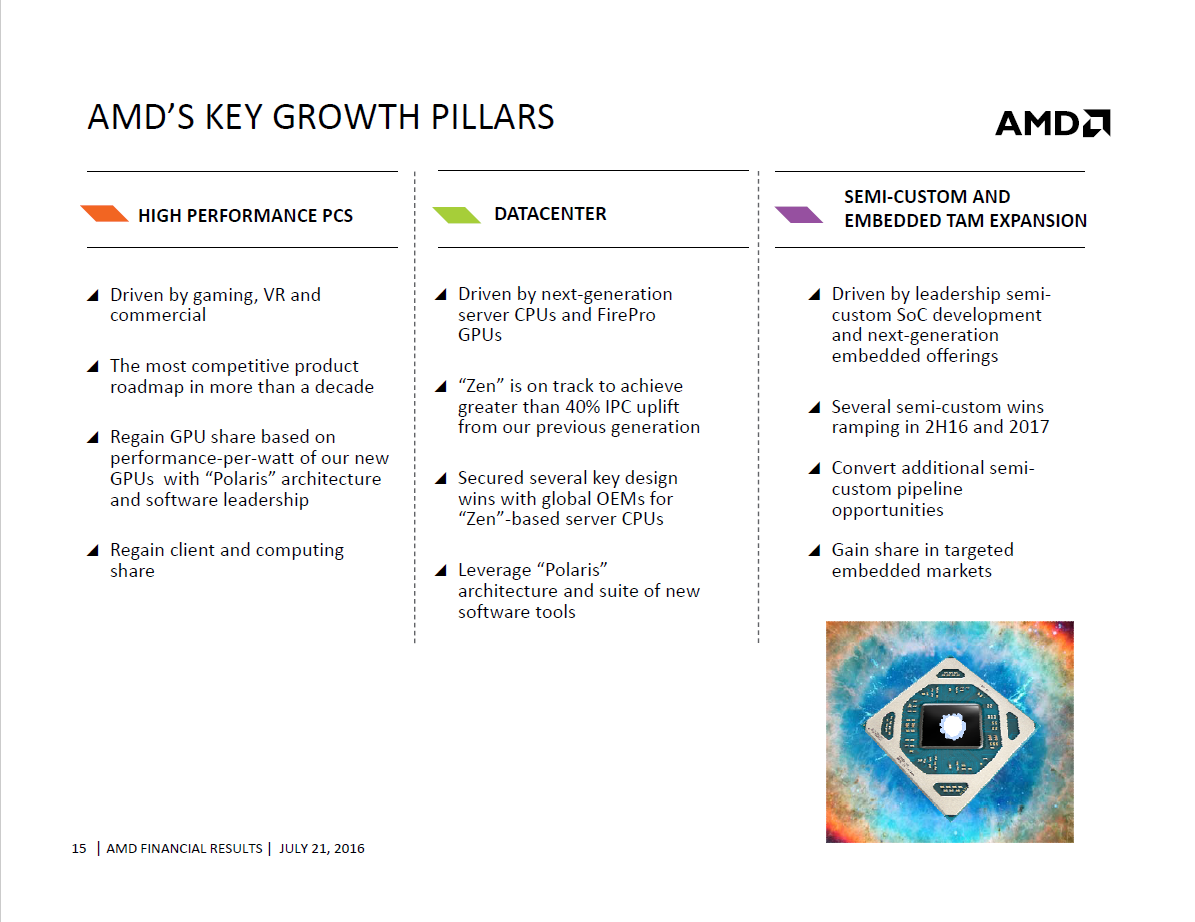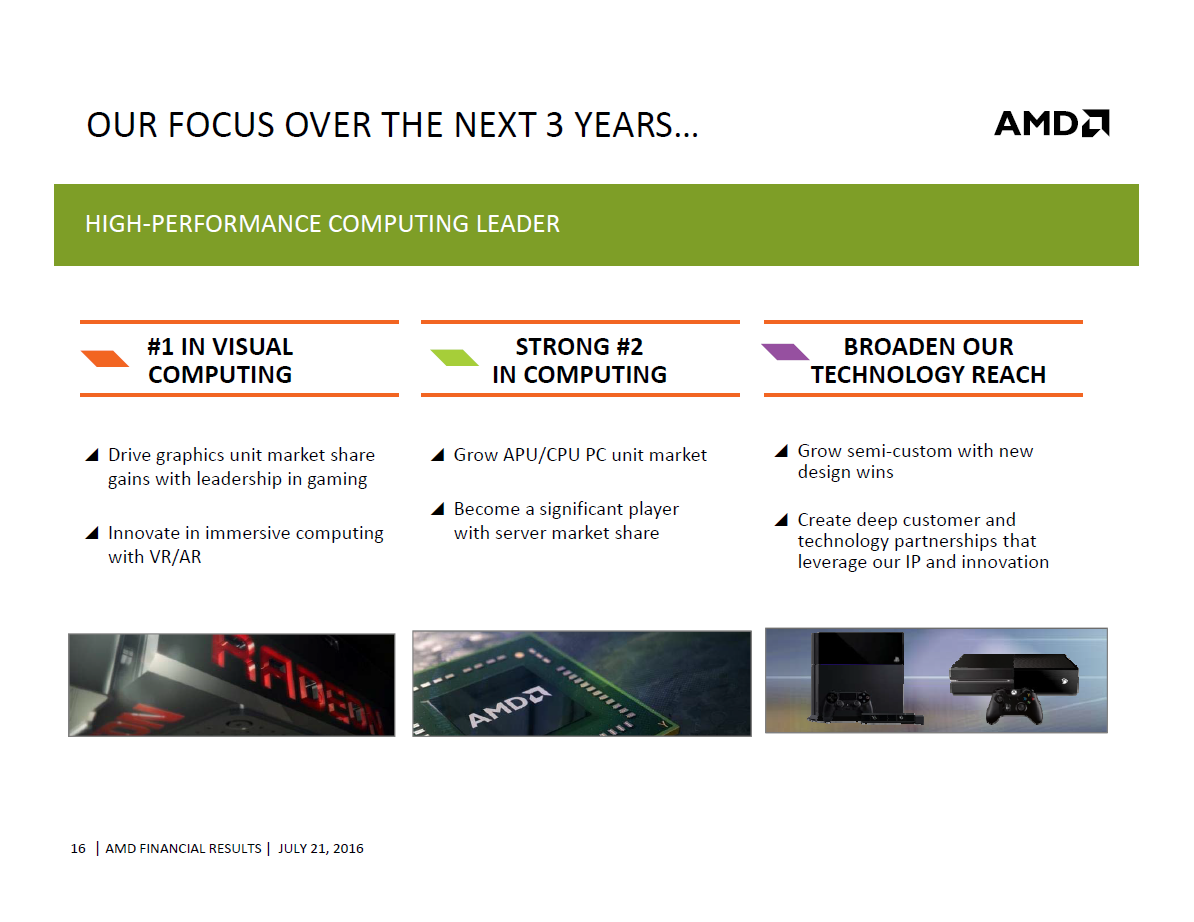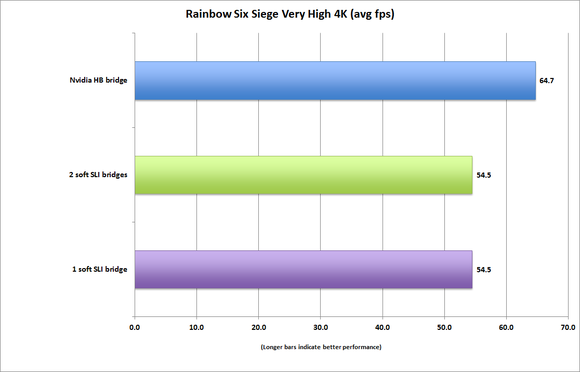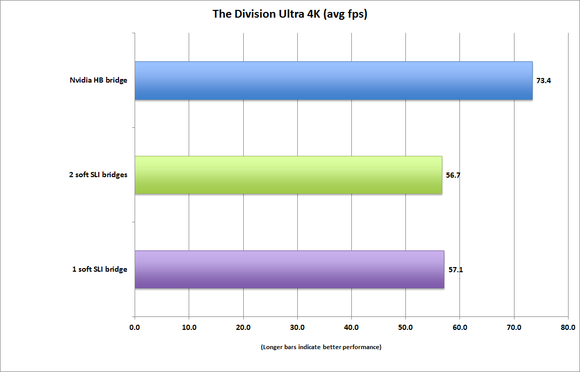R
Rösti
Unconfirmed Member
SUNNYVALE, CA -- (Marketwired) -- 07/21/16 -- AMD (NASDAQ: AMD) today announced revenue for the second quarter of 2016 of $1,027 million, operating loss of $8 million, and net income of $69 million, or $0.08 per diluted share. Non-GAAP (1) operating income was $3 million and non-GAAP (1) net loss was $40 million, or $0.05 per share.
Q2 2016 Results
- Q2 2016, Q1 2016 and Q2 2015 were 13-week fiscal quarters.
- Revenue of $1,027 million, up 23 percent sequentially and up 9 percent year-over-year primarily due to higher sales of semi-custom SoCs.
- Gross margin of 31 percent, down 1 percentage point sequentially, due primarily to a higher mix of semi-custom SoC sales.
- Operating expenses of $353 million, compared to $344 million for the prior quarter. Non-GAAP operating expenses of $342 million, compared to non-GAAP operating expenses of $332 million in Q1 2016, primarily due to increased marketing investments.
- Operating loss of $8 million, compared to an operating loss of $68 million in Q1 2016. Non-GAAP(1) operating income of $3 million, compared to non-GAAP(1) operating loss of $55 million in Q1 2016, primarily due to higher sales.
- Net income of $69 million, earnings per share of $0.08, and non-GAAP(1) net loss of $40 million, non-GAAP(1) loss per share of $0.05. This is compared to a net loss of $109 million, loss per share of $0.14 and non-GAAP(1) net loss of $96 million, non-GAAP(1) loss per share of $0.12 in Q1 2016. The GAAP sequential and year-over-year improvements were primarily due to a gain of $150 million related to the formation of our assembly, test, mark and pack (ATMP) joint venture (JV) with Nantong Fujitsu Microelectronics Co., Ltd. (NFME), partially offset by related taxes of $27 million. The non-GAAP sequential and year-over-year improvements were primarily due to higher sales and an IP licensing gain.
- Cash and cash equivalents were $957 million at the end of the quarter, up $241 million from the end of the prior quarter, primarily due to net cash proceeds received from the ATMP JV transaction with NFME which closed in Q2 2016.
- Total debt at the end of the quarter was $2.24 billion, flat from the prior quarter.
Source: http://ir.amd.com/phoenix.zhtml?c=74093&p=irol-newsArticle&ID=2187336Financial Segment Summary
- Computing and Graphics segment revenue of $435 million decreased 5 percent sequentially and increased 15 percent from Q2 2015. The sequential decrease was primarily due to decreased sales of client desktop processors and chipsets and the year-over-year increase was driven primarily by increased notebook processor and GPU sales.
- Operating loss was $81 million, compared with an operating loss of $70 million in Q1 2016 and an operating loss of $147 million in Q2 2015. The sequential increase was primarily due to lower revenue. The year-over-year improvement was primarily due to higher revenue and lower operating expenses.
- Client average selling price (ASP) increased sequentially driven by a higher desktop processor ASP and decreased year-over-year primarily due to lower notebook processor ASP.
- GPU ASP remained flat sequentially and decreased year-over-year. The year-over-year decrease was primarily driven by lower desktop GPU ASP.
- Enterprise, Embedded and Semi-Custom segment revenue of $592 million increased 59 percent sequentially and increased 5 percent year-over-year due to higher sales of semi-custom SoCs.
- Operating income was $84 million compared with $16 million in Q1 2016 and $27 million in Q2 2015 primarily due to higher revenue from the sale of semi-custom SoC products and a $26 million IP licensing gain in Q2 2016 compared to $7 million in Q1 2016.
- All Other category operating loss was $11 million compared with $14 million in Q1 2016 and $17 million in Q2 2015.
Conference call at 2 PM PST: http://ir.amd.com/phoenix.zhtml?c=74093&p=irol-eventDetails&EventId=5231046
AMD Teleconference
AMD will hold a conference call for the financial community at 2:00 p.m. PDT (5:00 p.m. EDT) today to discuss its second quarter financial results. AMD will provide a real-time audio broadcast of the teleconference on the Investor Relations page of its website at www.amd.com. The webcast will be available for 12 months after the conference call.








